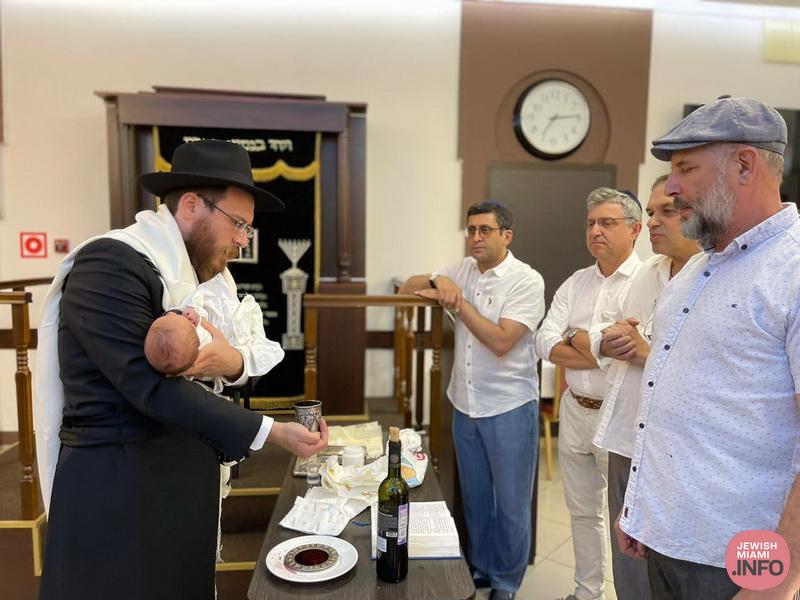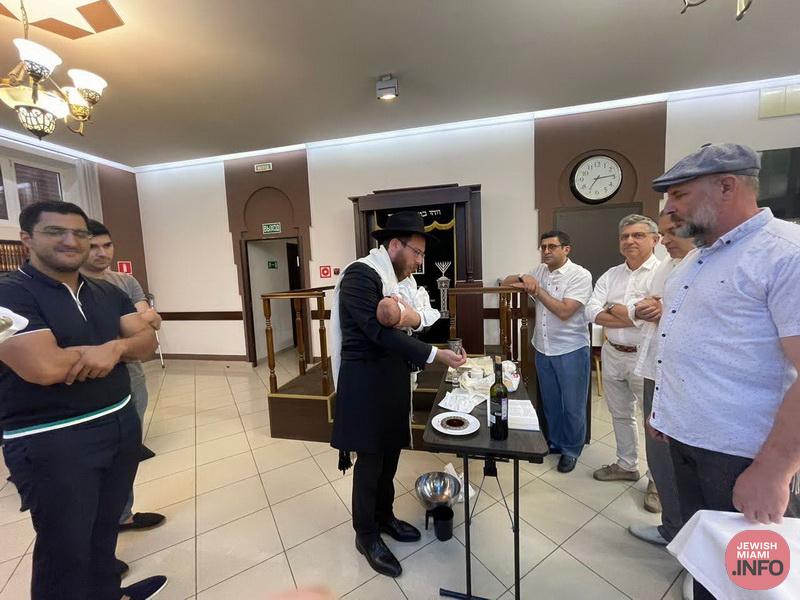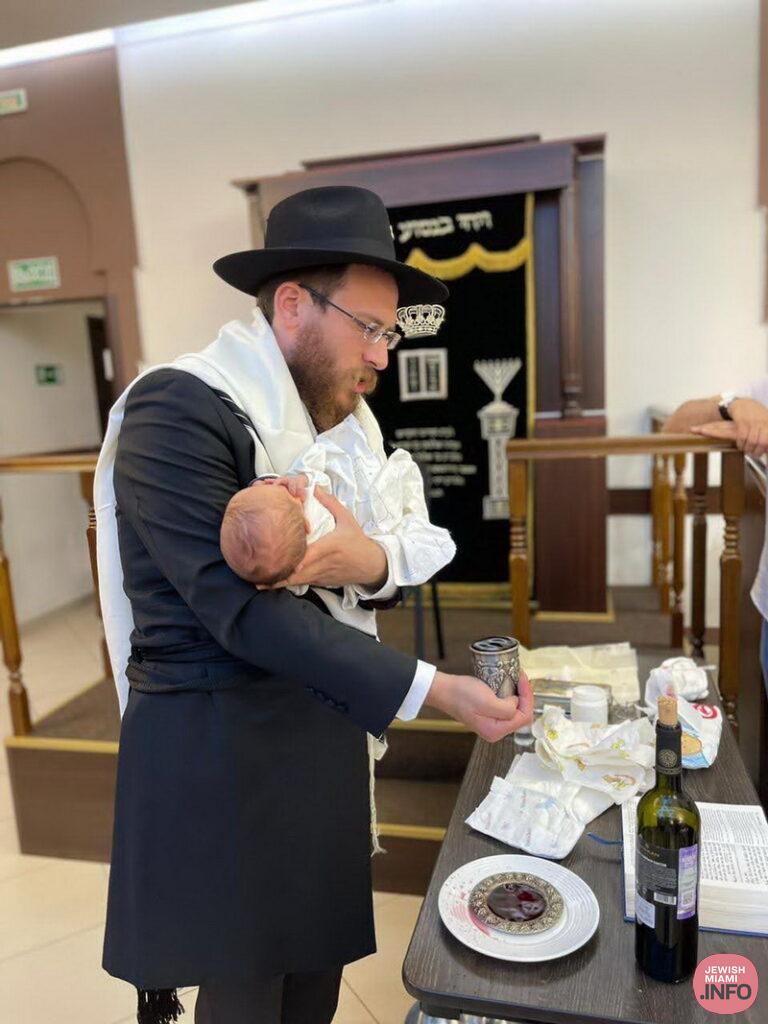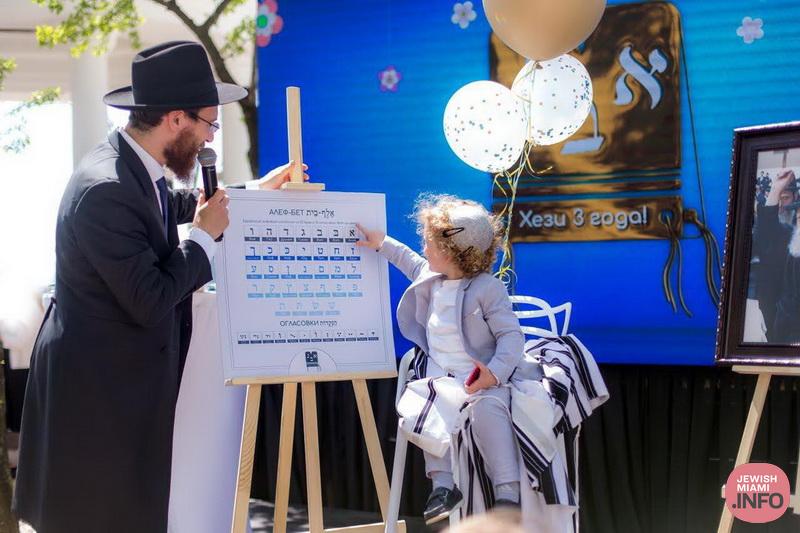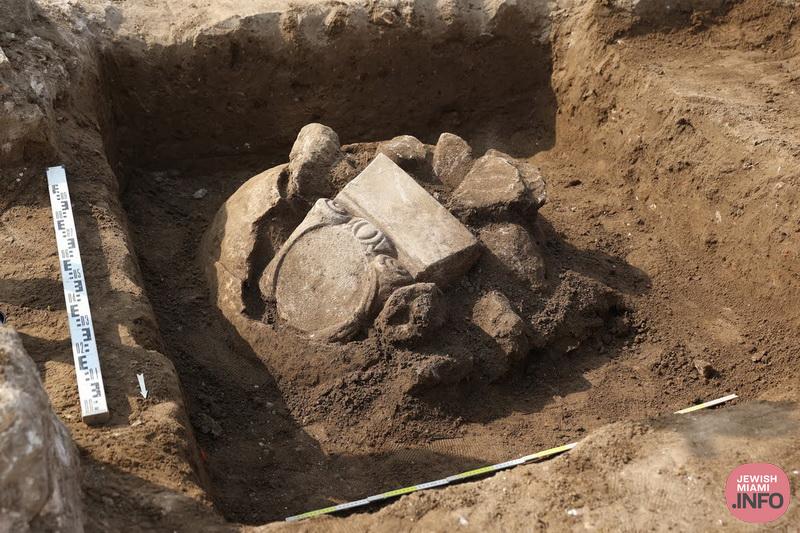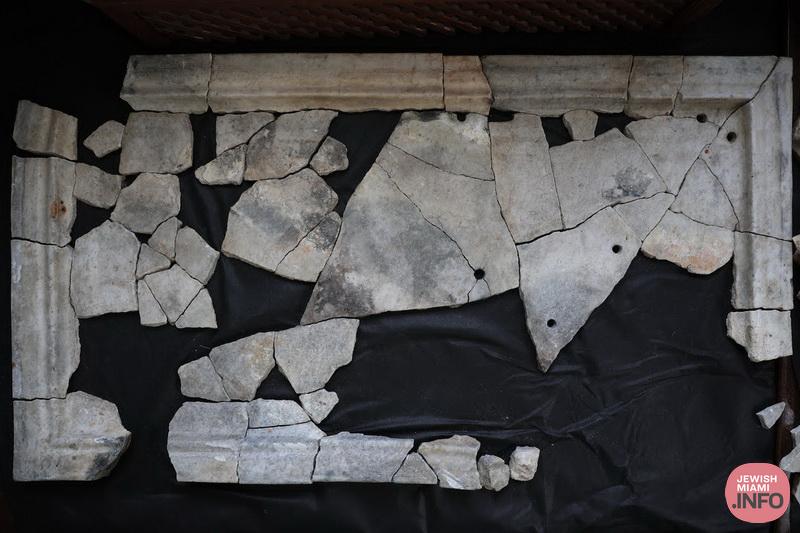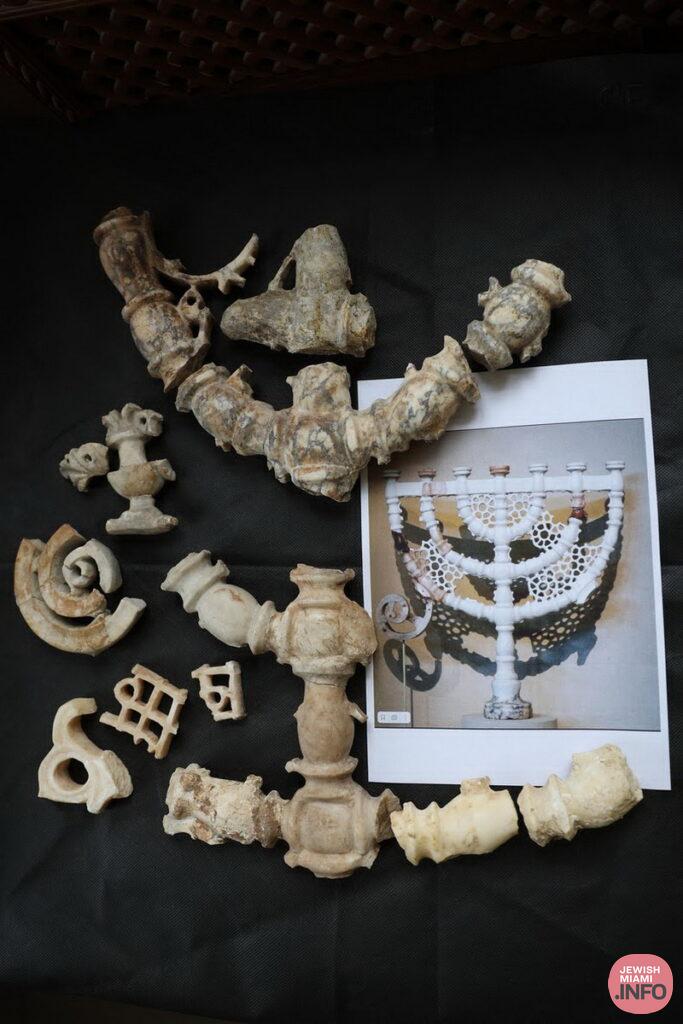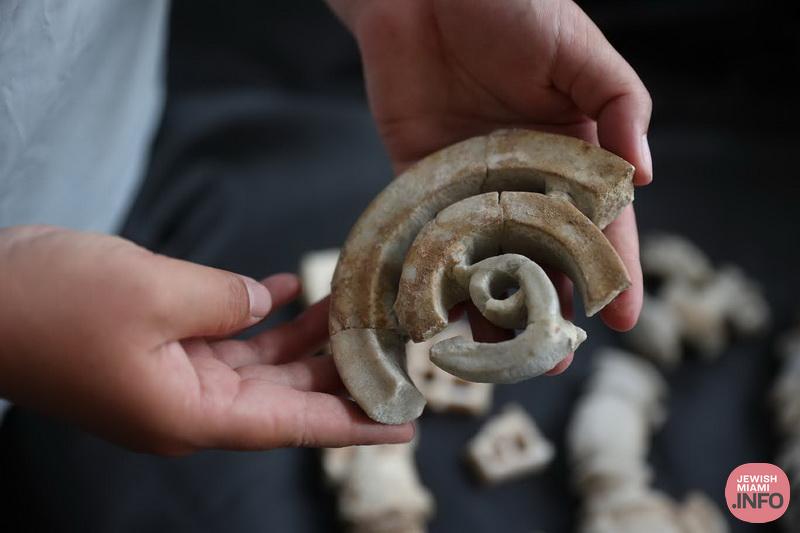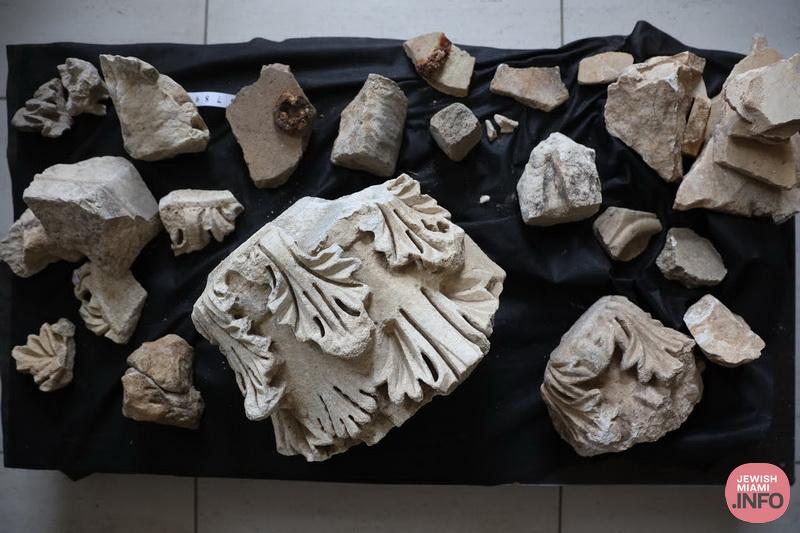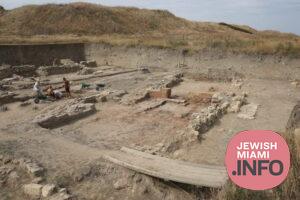
The Remains of A Shul from the Times of the Second Temple Discovered in Russia
During excavations conducted by archaeologists in the antique city of Pangoria on the Taman Peninsula in the territory of the city of Krasnodar, located in Russia in the area of the Azov Sea from the south of the Black Sea, a shul was found believed to be from the time of the second temple.
The analysis of the fragments of the preserved decoration allows researchers to conclude that the synagogue was erected at the turn of the millennium and existed for at least 500 years.
With the support of Russian billionaire Oleg Deripaska’s Volnoe Delo Foundation, archaeologists from the Russian Academy of Science who are exploring remains from the city, have found traces of the synagogue’s foundations and walls off Russia’s Taman Peninsula.
Inside the rectangular structure, which is 21 m deep and 6 m wide, were several menorahs, altars, fragments of marble steles, The team also found tablets with dates from the first century.
The place contains a complex of two rooms, each with an area of more than 60 square meters, it is characterized by rich decorations on its painted walls, and its roof was covered with tiles. The Jewish marble that were found are unique and different from those in Israel.
As mentioned according to the researchers, the synagogue was built in the era of the Second Temple. The researchers noted that few synagogues functioned during the Second Temple, and were built by representatives of the diaspora who lived far from Jerusalem. According to what is known, the first synagogues date back to the 3rd century, and their construction flourished only in the 3rd century, therefore this synagogue that was discovered. Now, it is one of the oldest in the world.
Inside the rectangular structure 21 meters deep and 6 meters wide were several menorahs, altars, fragments of marble steles, including one bearing the word synagogue in the original Ancient Greek. The team also came upon tablets with dates from the first century.
The structure has features characteristic of the Second Temple period, of Jewish history and likely remained standing until the middle of the sixth century, when Phanagoria was sacked and burned by barbarian tribes.
In the large Jewish community that exists today in the nearby city of Krasnodar, the news was received with excitement feelings, knowing that they are continuing a tradition that is thousands of years old, and despite the difficult times that Russia has gone through, the community is flourishing with thousands of Jewish families.
A delegation from the community, led by the rabbi of the city, Rabbi Menachem Mendel Lazar, is expected to visit the site in the coming days, at the invitation of the archaeological authority, which is interested in cooperation in order to get to the bottom of the discoveries of this interesting piece of history, that was found throughout Russia.
Photos: Volnodlo Pangoria Foundation
